If you’re looking for the best bike lock for you, you’ll probably have noticed most have a Sold Secure rating.
But what is Sold Secure and what do the ratings mean?
We'll start off by covering what Sold Secure is and how it works, then we'll explain the rating system and help you understand the level of security you can expect at different ratings.
What does Sold Secure do?

Set up in 1992 by two UK police forces, Sold Secure is an independent company that's now owned by the UK’s Master Locksmiths Association. It's based in a lab in Rugby.
It charges manufacturers to perform independent tests on locks and other security devices for houses, vehicles and other uses, as well as for bicycles.
Testing of bike locks isn’t compulsory and Sold Secure could fail a device – it doesn’t have to give it a rating – but having a rating is a good indication that the device has been independently assessed for its level of security, and has been tested consistently with other locks for how much protection it will give you.
A lock maker will want to display its ratings on its packaging because it gives you assurance of the level of security you can expect from a product and helps you choose between them.
Sold Secure rating system
There are now four levels of Sold Secure rating for bike locks: Diamond, Gold, Silver and Bronze.
Sold Secure also tests locks for powered cycles. This previously applied to motorcycles, but it has broadened its definition to include electric bikes.
The criteria for powered cycles are more exacting than those for pedal cycles, principally due to their higher value.
Thus you may see a lock that is Sold Secure Diamond rated for pedal cycles, but only Gold rated for powered cycles.
Sold Secure ratings explained
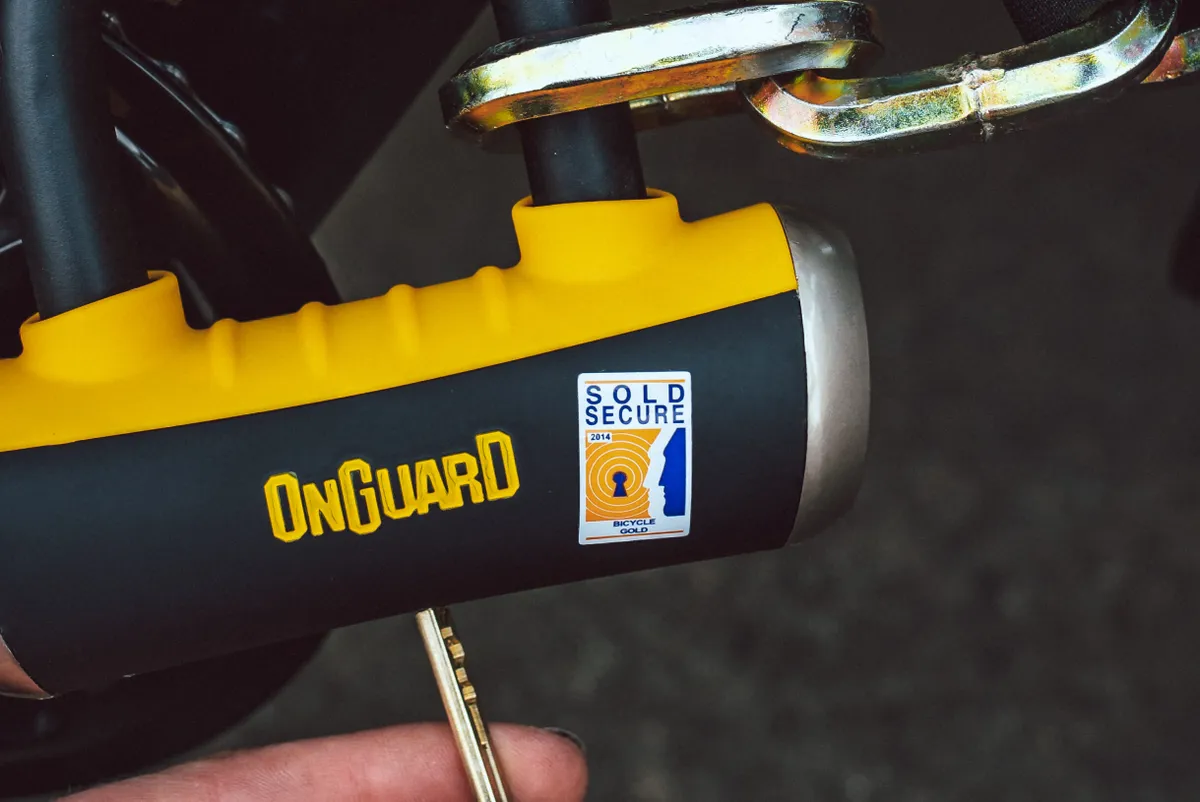
Sold Secure is, understandably, not especially specific about the level of security each of its ratings provides – which can depend on factors Sold Secure is unable to assess, such as where the bike is locked up, how easy the lock is for a thief to get at with tools and what the bike has been locked to.
However, it tests a wide range of cycle locks and uses a consistent barrage of tests and the same tools for each.
Sold Secure also works with police forces and insurance companies to identify what tools thieves are using and how they are working – then updates its testing in response.
Tests assess a lock’s resistance to attacks from – among other things – angle grinders, drilling, cutting, levering and lock picking. It also measures how long a lock will withstand an attack.
Sold Secure Diamond

If you buy a bike lock rated Sold Secure Diamond, you can expect it to have the highest level of security available and resistance to prolonged attacks.
There are currently more than 100 bike locks rated Sold Secure Diamond. Many are D-locks, but they include chains, ground anchors and other devices.
They’re a good bet for high-value bikes and ebikes that are likely to be left in high-risk environments, such as publicly accessible bike racks.
Sold Secure Gold

Sold Secure Gold-level protection is also a good bet for high-risk areas and offers protection from a wide range of potential attacks carried out over durations of around five minutes.
As with Diamond-rated locks, many are D-locks, although there are Gold-rated chain locks sold as well.
A Gold-rated product is a sensible choice for bikes likely to be locked up for significant periods of time in public areas.
Sold Secure Silver
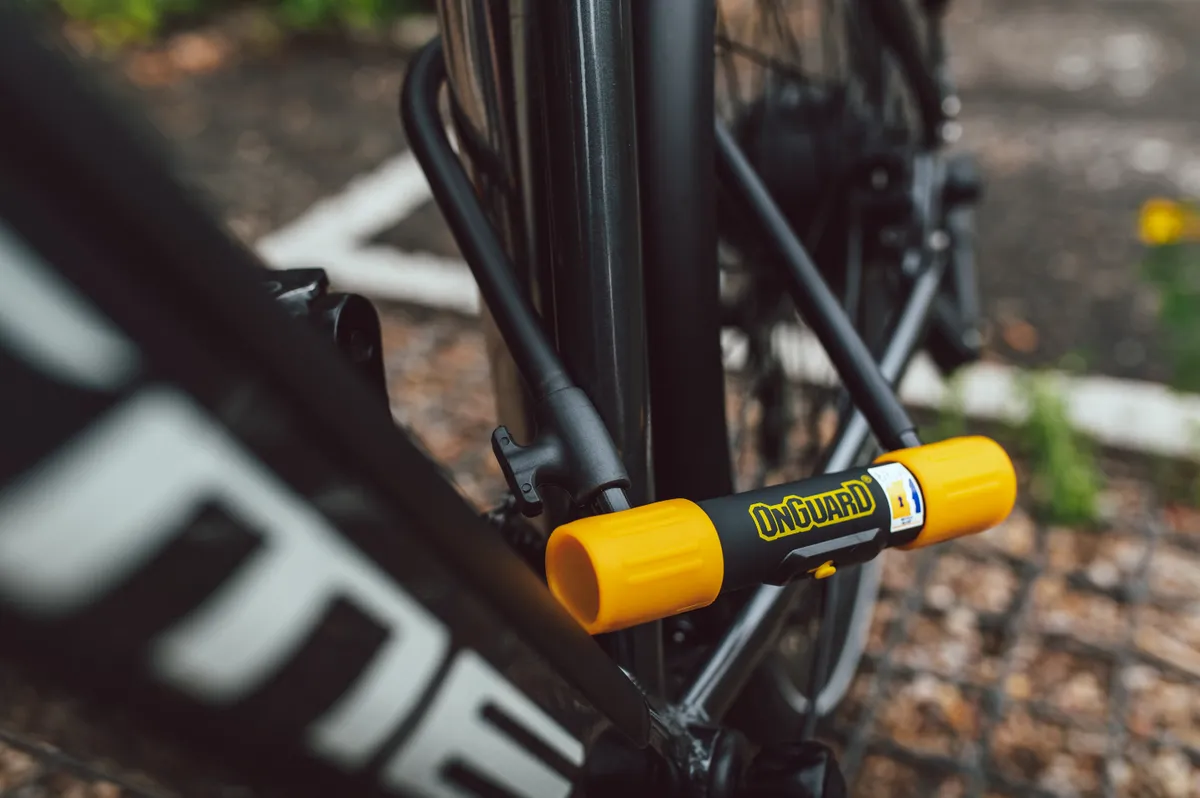
Engineering a high level of protection into locks is expensive.
Silver-rated products are designed to balance security with cost, so you’ll get a little less protection from the determined thief, but pay significantly less for your lock.
Sold Secure Bronze
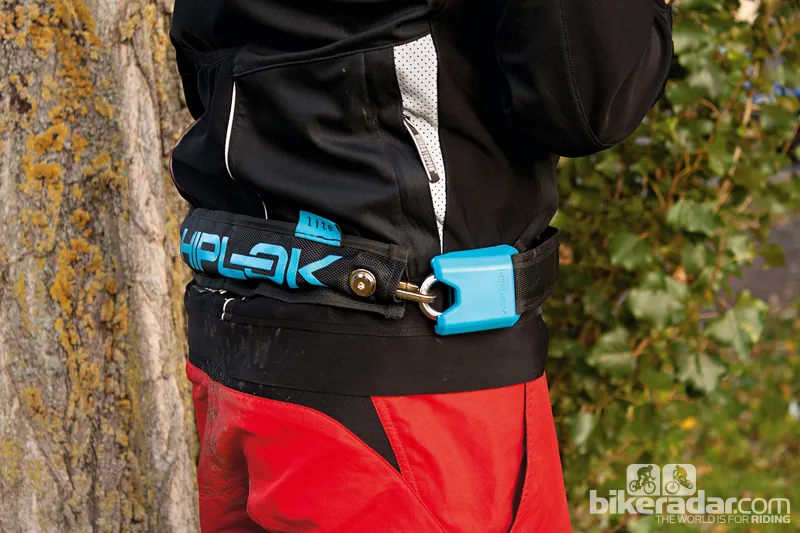
Sold Secure Bronze-rated products typically include lighter-weight, less robust products, such as cable locks and folding locks, although some D-locks are also bronze-rated.
They’ll immobilise your bike and stop an opportunist thief from walking away with it, but won’t withstand a determined attack from an experienced bike thief.
They’re a good option for the cafe stop or other quick stops in high-traffic areas where you can expect to be able to keep an eye on your bike. They're not suitable for long periods, quieter areas or overnight use in public spaces.
Tips for locking your bike
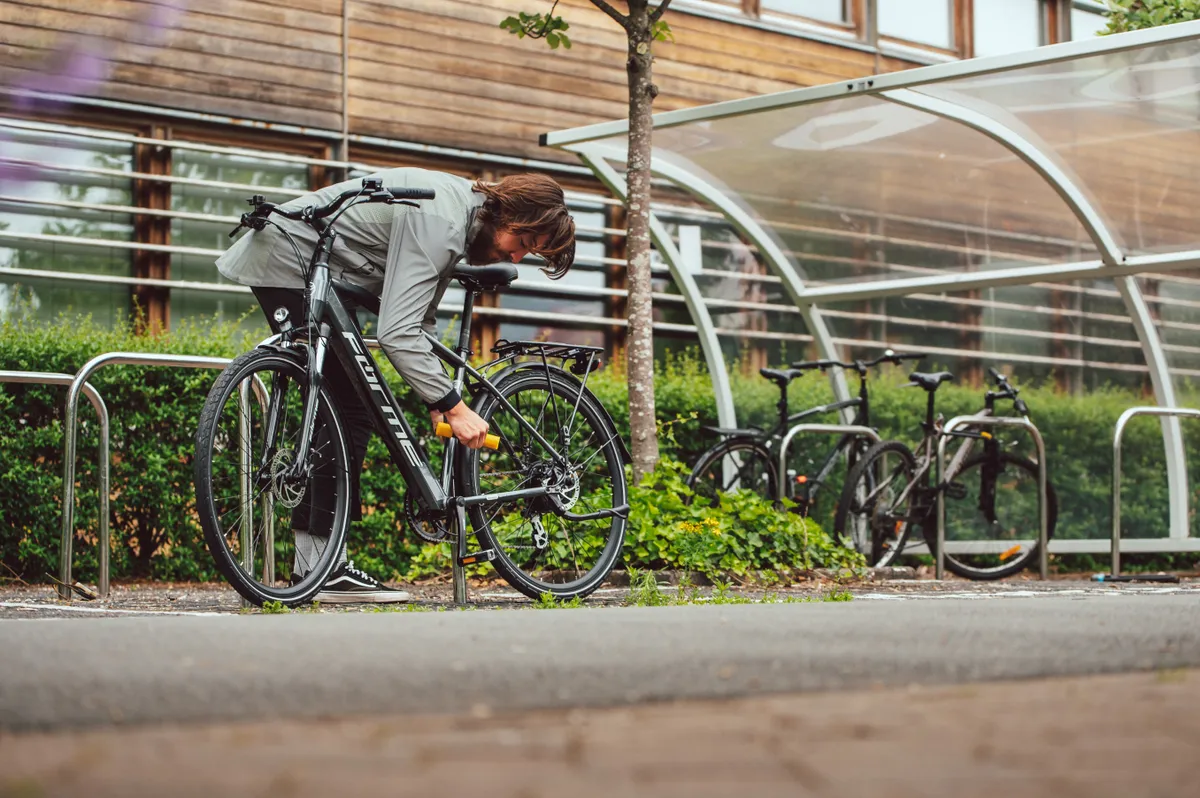
We have a dedicated guide on how to lock a bike, but will cover the essential information here.
In summary, lock your bike through its frame to something immovable and make sure it can’t be lifted off the object you’ve chosen.
Fit the lock off the ground so it’s harder to apply leverage to it and try to fit it tightly around the bike with the lock barrel positioned so that it’s hard to access.
Make sure you’ve locked both wheels to the frame too – it’s easy for a thief to remove your wheels from your locked frame and walk off with them.
For extra protection, use one lock on the frame and rear wheel and secure it to an anchor, and a second lock to secure the front wheel and the frame.
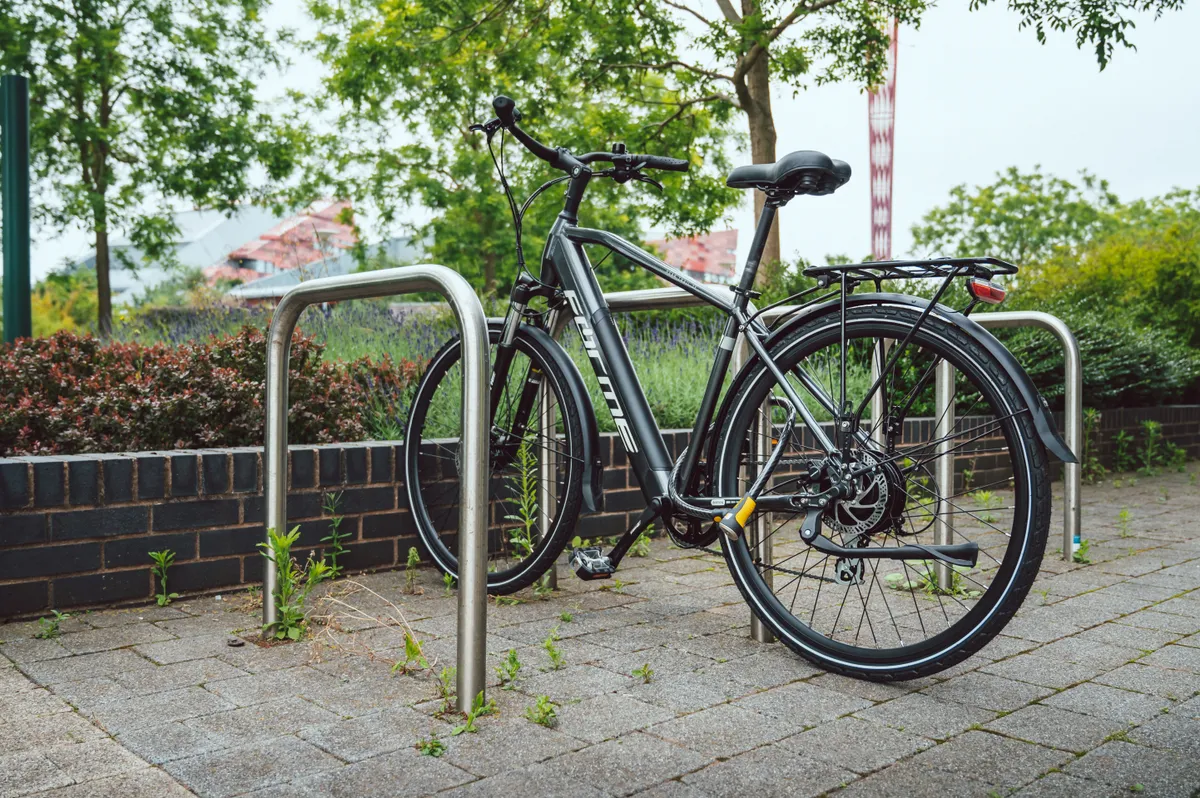
Often, bike locks are sold as a combined D-lock and a cable lock, which loops through it. Bear in mind that the Sold Secure rating applies to the stronger D-lock and not to the cable, which can usually be cut easily.
It’s also worth noting that thefts from sheds, garages and back gardens are common. It’s a good idea to improve your shed security by fitting a high-security anchor and locking up your bike when it’s at home and not in use.
Sold Secure also tests and rates ground anchors to the same criteria, as well as locks for buildings, so you can make sure you’ve got the right level of immobilisation for your bike when it’s at home, too.
